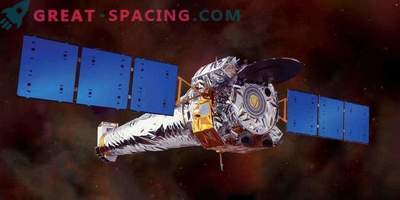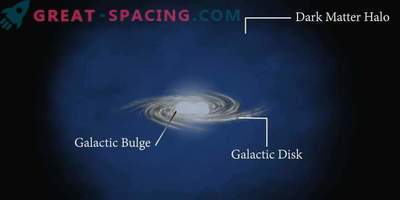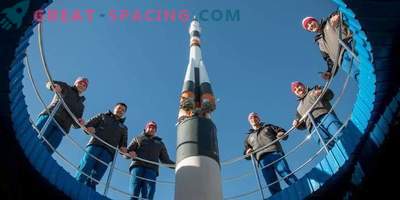
NASA scientists reported that they have found a way to use X-rays to keep in touch with spacecraft located very far outside the solar system.
They say that using x-rays, communication will occur faster than existing communication using radio waves. In addition, the information will not be blocked by the dense atmosphere of the planet.
“While we are using X-rays to communicate with Pluto, we can also use X-rays to send a signal back to Earth,” says Keith Hendrew, principal researcher at the Goddard Space Flight Center at NASA in Greenbelt. The concept of x-ray navigation will be tested during a NASA mission called NICER / SEXTANT, which is about to be launched in August 2016. The spacecraft will study neutron stars that produce X-rays, as well as experience new equipment that can use X-ray navigation.

This device will detect X-rays from pulsars and may be used in X-ray navigation.
For several decades, Gendrew and other scientists studied the possibility of using pulsars, which are also a source of X-rays, as cosmic beacons that would help spacecraft to determine their location. Instead of using only one source of radio signals from the Earth to determine its location, the future mission can use a hypothetical map of pulsars, each of which emits its own identifying frequency. “With the help of radio waves, you will get accurate information about the distance between your ship and the Earth, but this is only one direction in the sky. Pulsars are distributed more or less evenly throughout the galaxy,” added Gendru.
Another team of engineers is also working on the idea of using pulsars as a navigation system, but so far they have not been able to convince NASA and other space agencies to fully implement this idea. Werner Becker, an astrophysicist at the Max-Planck Institute in Germany, imitated navigation using pulsars in his laboratory and published a study last year.
“Pulsar-based space navigation technology is incredibly simple,” said Becker.
Becker also believes that navigation using pulsars can also be used for tasks on Earth. For example, it is possible to create super accurate, pulsar-related satellites in Earth orbit as a reference point, thereby eliminating the need to synchronize existing Global Position System (GPS) satellites every three days to maintain the accuracy of the entire system.











































